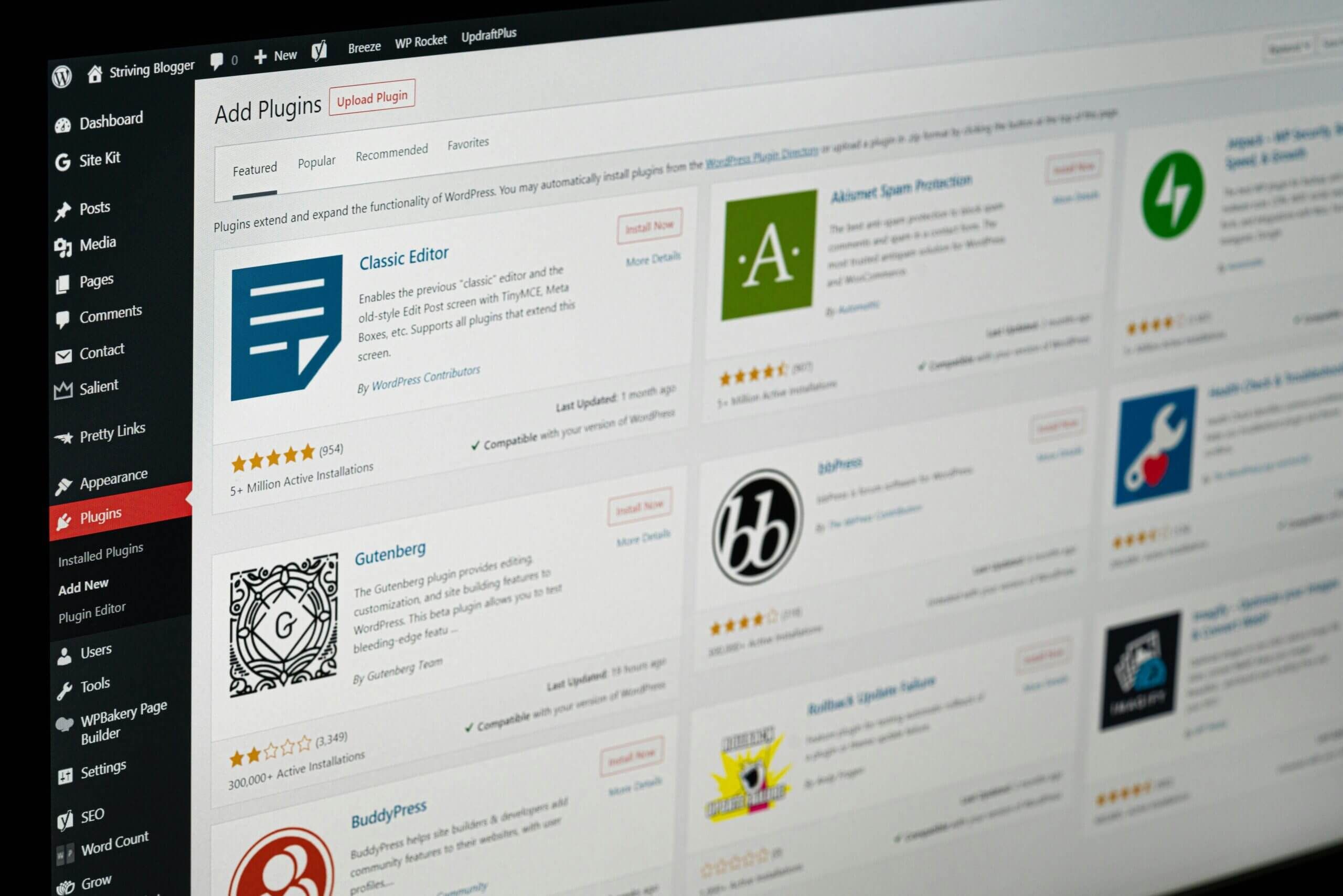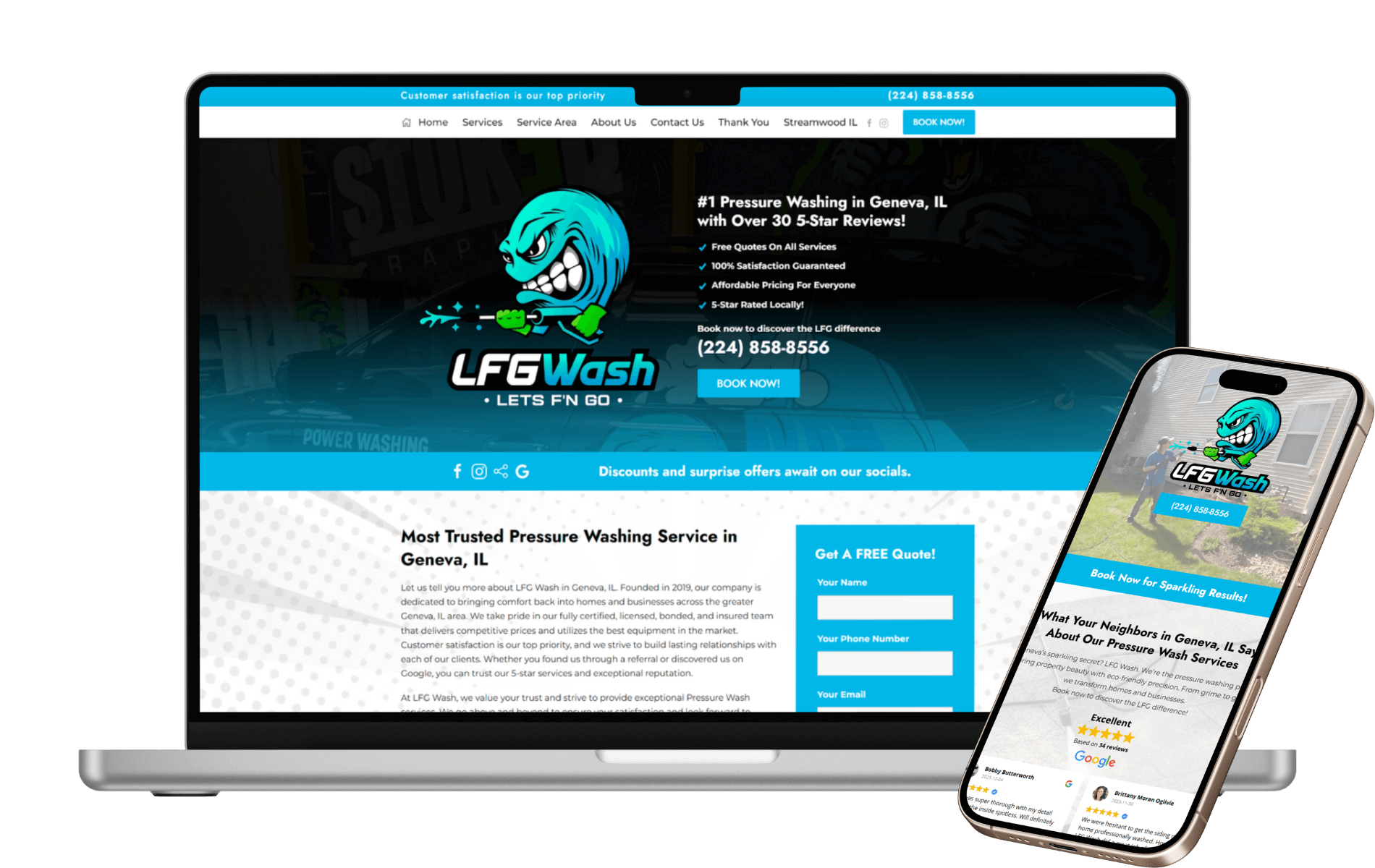Grow Your Business, Starting Now
Discover the tools and ideas to enhance your residential and commercial service business.
The Ultimate Local SEO Guide for Carpet Cleaners: Dominate Your Service Area
The phone rings. A new customer needs their carpets cleaned urgently after a spill. They found you online, right here in Bolingbrook. This isn’t a stroke of luck; it’s the power of local SEO working…
Choosing Effective Keywords and Crafting a Local SEO Strategy for Carpet Cleaning Companies
Want to connect with more customers in your service area? In today’s digital world, a strong local SEO strategy is the key for carpet cleaning companies. By choosing the right keywords and implementi…
10 SEO Techniques to Boost Your Rankings
In today’s digital age, a strong online presence is crucial for businesses of all sizes. Search Engine Optimization (SEO) is the practice of improving your website’s visibility in search engine resul…
Optimizing Your Carpet Cleaning Website for Local Search
In today’s digital age, local search engine optimization (SEO) is crucial for businesses of all sizes, especially those in the service industry like carpet cleaning. A well-optimized website can sign…
Local SEO Basics for Carpet Cleaners
In today’s digital age, local SEO is more important than ever for businesses. For carpet cleaners, a strong local SEO strategy can help you attract more customers from your local area. Here’s a break…
Common Local SEO Mistakes Made by HVAC Businesses
Local SEO is a powerful tool for HVAC businesses to attract local customers. However, many HVAC companies make common mistakes that can hinder their online visibility and potential customer reach. In…
What Are Backlinks and Why Are They Important for SEO?
In the intricate world of Search Engine Optimization (SEO), backlinks are often hailed as the cornerstone of a successful digital strategy. But what exactly are backlinks, and why do they hold such s…
How to Rank Your Plumbing Business on Google Maps
In today’s digital age, a strong online presence is crucial for any business, especially local businesses like plumbing companies. Google Maps is one of the most powerful tools for attracting local c…
How to Rank Higher in Local Search Results for Roofing Services
Understanding Local SEO for Roofers
In today’s digital age, local SEO is crucial for businesses like roofing companies. When potential customers search for “roofing near me” or “best roofers in [you…
Why Local SEO is Crucial for Small Businesses
In today’s digital age, where consumers increasingly turn to the internet for information and services, local search engine optimization (SEO) has become more important than ever for small businesses…
WordPress: The Ideal Platform for Small Business Websites
In today’s digital age, a strong online presence is essential for the success of any small business. A well-designed and functional website serves as a virtual storefront, attracting potential custom…
Google My Business: Optimizing Your GMB Profile for Local Search Visibility
In today’s digital age, local search has become increasingly important for businesses. When consumers search for products or services near them, Google My Business (GMB) plays a crucial role in deter…
Struggling to Get Online Bookings?
Let’s Fix That










